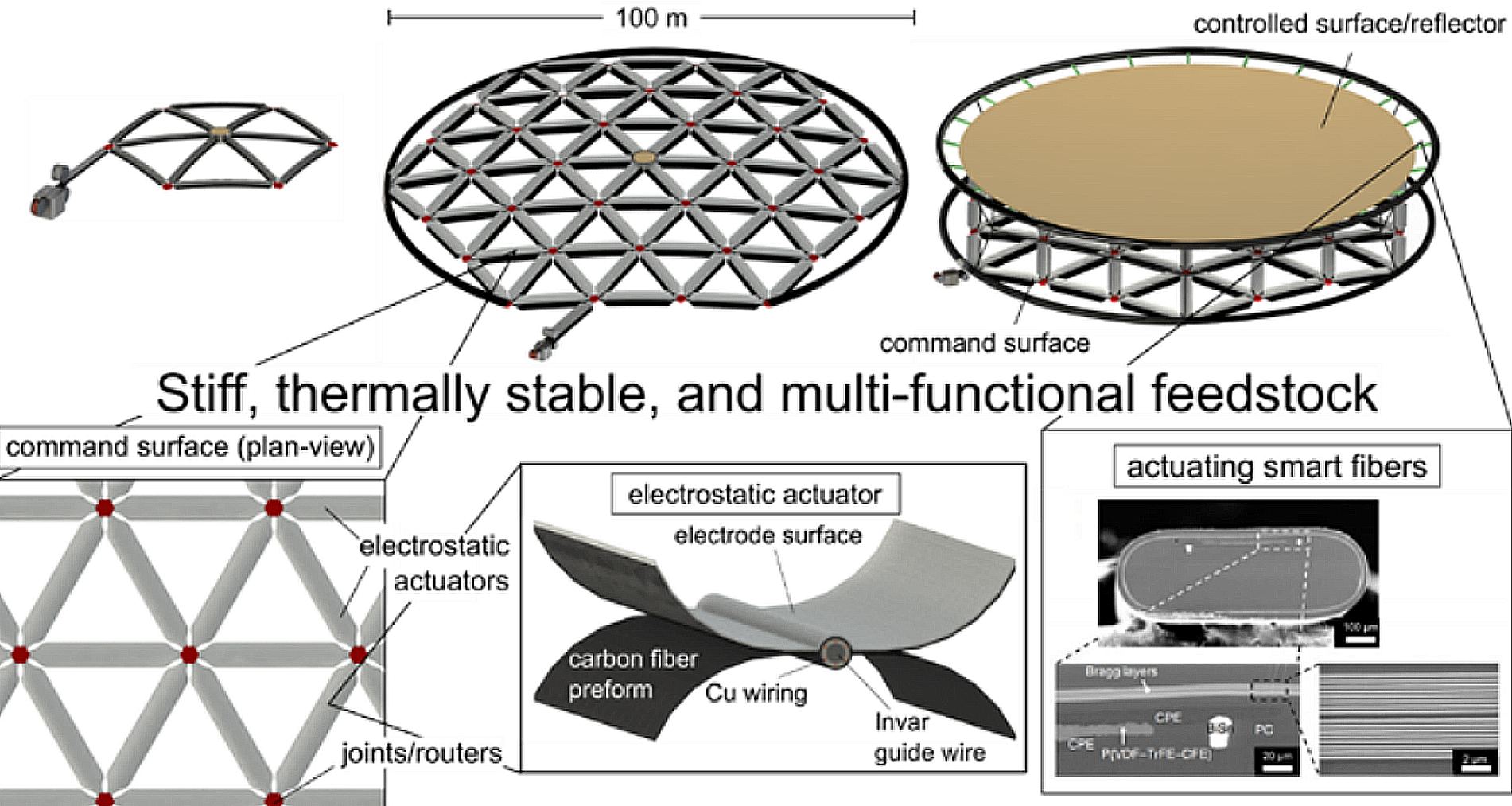
Jan 30, 2023
1 min, 2 secs
For example, Zachary Cordero of the Massachusetts Institute of Technology (MIT) recently proposed a telescope with a 100-meter (328-foot) primary mirror that would be autonomously constructed in space and bent into shape by electrostatic actuators.Corder is the Boeing Career Development Professor in Aeronautics and Astronautics at MIT and a member of the Aerospace Materials and Structures Lab(AMSL) and Small Satellite Center.Its successor, the Large UV/Optical/IR Surveyor (LUVOIR), will have a similar folding assembly and a primary mirror measuring 8 to 15 meters (26.5 to 49 feet) in diameter – depending on the selected design ( LUVOIR-A or -B).This technique, invented by researchers at the AMSL and described in a recent paper co-authored by Bhundiya and Cordero, relies on a combination of Computer Numerical Control(CNC) deformation processing and hierarchical high-performance materials.Harsh and his colleagues deduce that this technique will allow for a deployable mirror measuring more than 100 meters (328 ft) in diameter that could achieve a surface precision of 100 m/m and a specific area of more than 10 m 2/kg.The team recently demonstrated a 1-meter (3.3 ft) prototype of an electrostatically-actuated reflector with a Bend-Formed support structure at the 2023 American Institute of Aeronautics and Astronautics (AIAA) SciTech Conference, which ran from January 23rd to 27th in National Harbor, Maryland.
